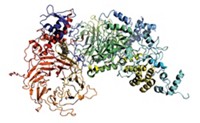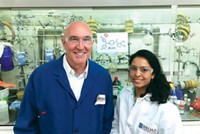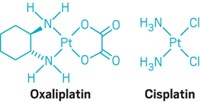Advertisement
Grab your lab coat. Let's get started
Welcome!
Welcome!
Create an account below to get 6 C&EN articles per month, receive newsletters and more - all free.
It seems this is your first time logging in online. Please enter the following information to continue.
As an ACS member you automatically get access to this site. All we need is few more details to create your reading experience.
Not you? Sign in with a different account.
Not you? Sign in with a different account.
ERROR 1
ERROR 1
ERROR 2
ERROR 2
ERROR 2
ERROR 2
ERROR 2
Password and Confirm password must match.
If you have an ACS member number, please enter it here so we can link this account to your membership. (optional)
ERROR 2
ACS values your privacy. By submitting your information, you are gaining access to C&EN and subscribing to our weekly newsletter. We use the information you provide to make your reading experience better, and we will never sell your data to third party members.
Biological Chemistry
Enediynes Taught How To Act Better
November 5, 2007
| A version of this story appeared in
Volume 85, Issue 45
Researchers have engineered enediynes, a family of potent bioactive compounds, to enhance their anticancer activity (Proc. Natl. Acad. Sci. USA, DOI: 10.1073/pnas.0708274104). Some enediynes kill cancer cells by a dual mechanism: They cause breaks in double-stranded DNA, a reaction that requires molecular oxygen, and they create cross-links between DNA strands, a process that can occur under hypoxic conditions. The interiors of solid tumors, which are often hypoxic, don't respond well to enediynes that predominantly induce DNA breakage. In the new work, a group led by Ben Shen of the University of Wisconsin, Madison, and Terry A. Beerman of Roswell Park Cancer Institute, Buffalo, has found that enediynes modified with simple substitutions act predominantly by cross-linking. Irving Goldberg of Harvard Medical School comments that the modified enediynes might prove to be therapeutically advantageous, especially in solid tumors, and could help lead to a deeper understanding of the enediynes' dual mechanism.





Join the conversation
Contact the reporter
Submit a Letter to the Editor for publication
Engage with us on Twitter